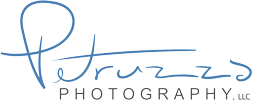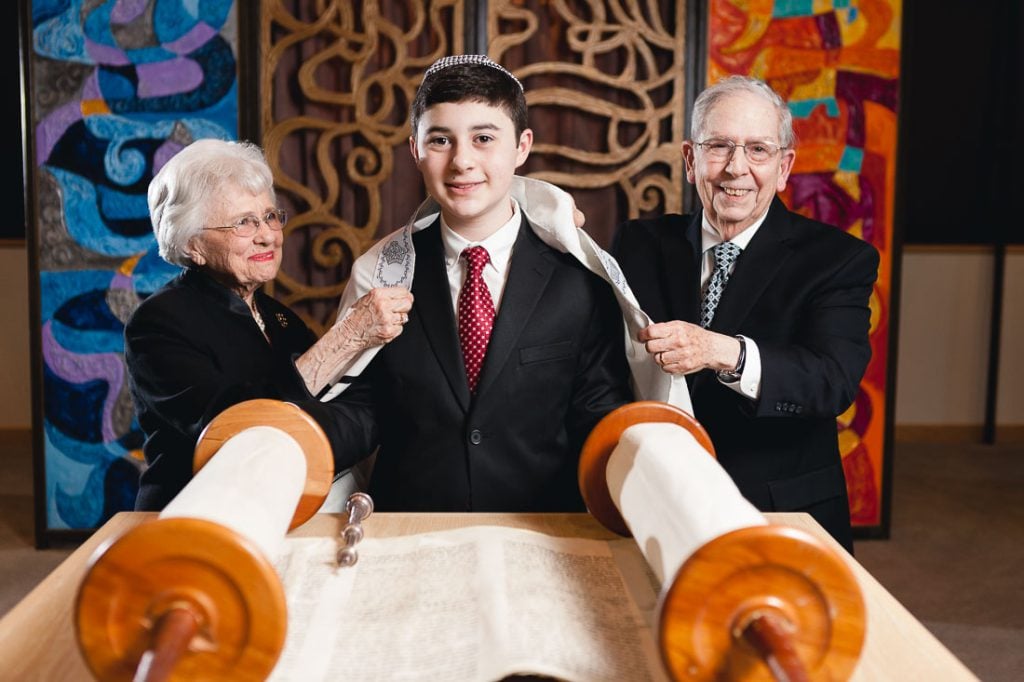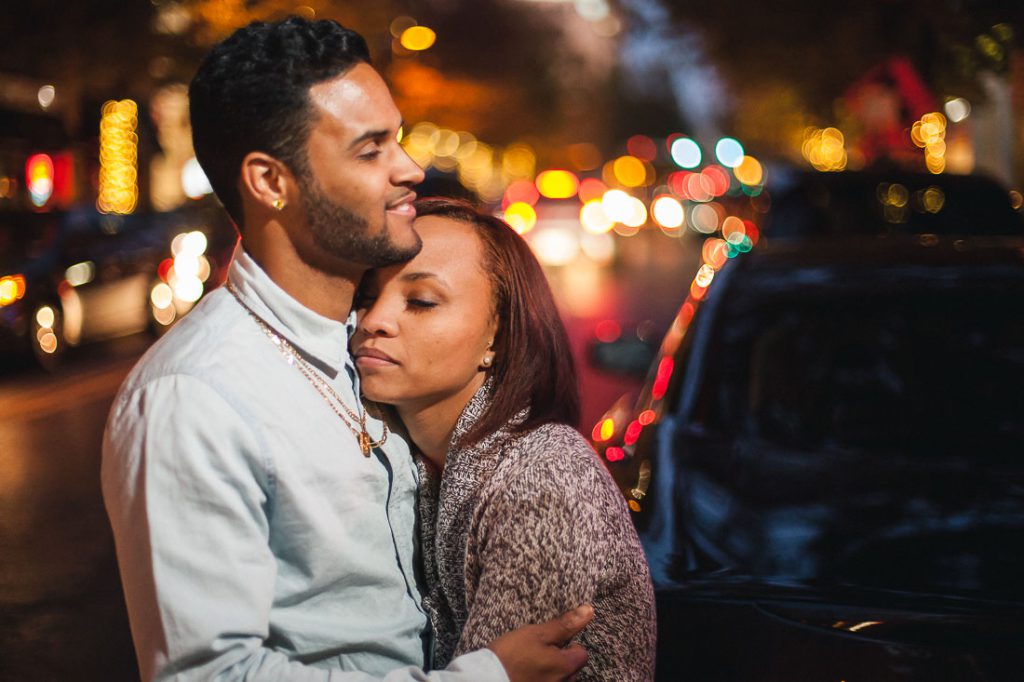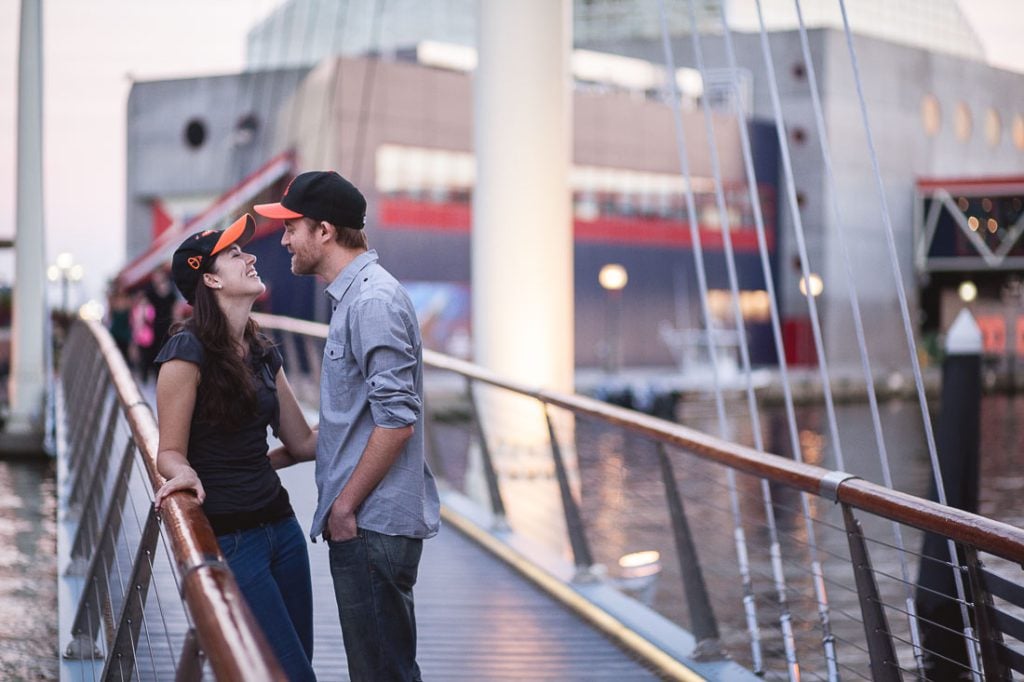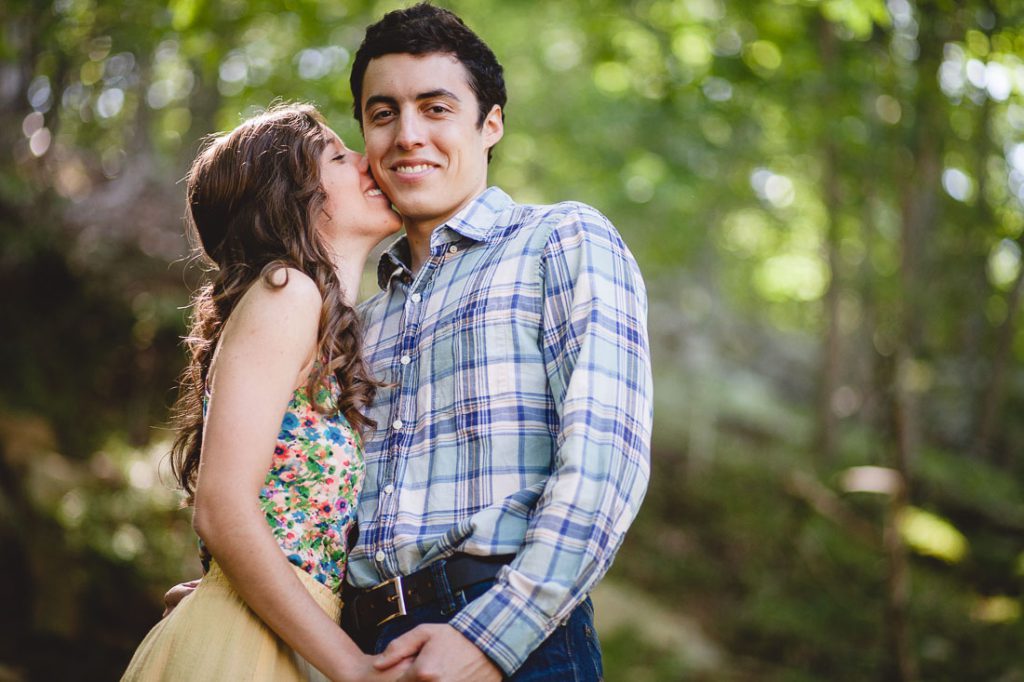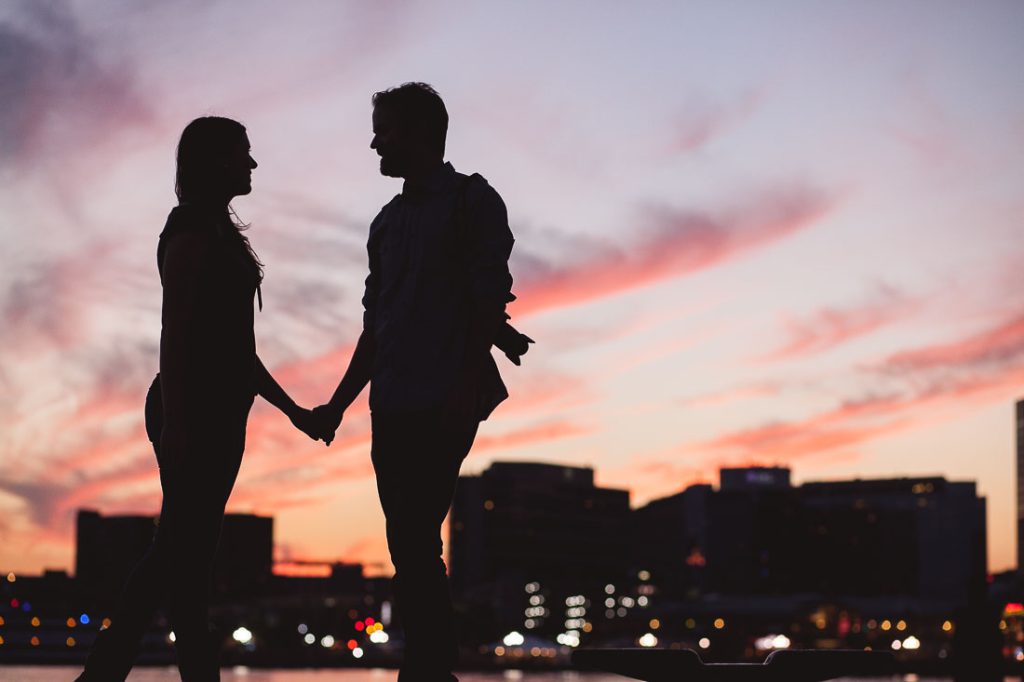The various kinds of light at your portrait session
When it comes to hiring a photographer for your portraits, it’s not your business to know about light. But, having an idea of how different kind of light will affect the resulting images will make it easier to weigh your photographer’s suggestions about time and location.
Contrived Light
This is more commonly thought of as the studio lights. This is lighting typically required for indoor locations. In this situation, all the light sources are established by the photographer, who will have complete control of how, where and in what intensity light falls.
These images almost always come across more formal than those taken under natural light. Images created under contrived light will feature you very prominently, since the background and context of the image are usually minimized.
Contrived light is great because it has no built in limits, only those based on the equipment and the space. This also makes the hour of the day a lot less important to the qualities of the images themselves.
Mixed Light
Mixed light is the condition photographers work with when there is some light present, but the primary light is contrived. In this case, the photographer is usually using the existing light to accent the image, or add depth in the background, while carefully controlling the light falling on you.
Mixed lighting conditions may be indoor or outdoor. They can have a very distinct magazine-style look. The aesthetic is interesting in that it is neither natural, nor overly formal. The downside to mixed lighting is that it can require the most meticulous effort on the part of the photographer, taking more time, and producing less variety.
While mixed lighting can be used at any time of day, provided the ambient light is bright enough (christmas lights, for example), It’s usually used indoors during the daytime and outdoors at dusk.
Overcast Light
Overcast light is the simplest light a photographer can work with, and obviously is only available during certain days, and only outdoors. Photographers find overcast light easy to work with because out in the open, it distributes light fairly evenly. This opens up a lot of background options for the photographer, since the direction of the sun is not a big consideration.
Shooting on an overcast day will usually produce more variety in the images because besides you, the camera and a nice location, there is very little else the photographer might need to create great images. Moving from shot to shot can typically happen much more quickly.
The drawback however, is that the images will be ‘flatter’. With fewer distinct shadows, the images will have a little less dimension. Additionally, depending on the kind of overcast day you have, the images might appear dreary.
Mid-day Light
Mid-day light is among the most challenging to work with, and limits the shooting to either shaded areas, or requires some modification to the existing light.
In this case, the light modifier your photographer is most likely to use will be a large reflector. Unfortunately, most people find it challenging to look in the direction of a reflector that is in use without squinting–they can be extremely bright.
Alternative to reflectors, your photographer might employ very high powered studio lights, shooting in mid-day with mixed light. Studio lights, however, are not very nimble and variety will be significantly reduced, though the results will likely be striking and unusual.
Golden / Blue Hour
The Golden Hour is the time just after the sun has risen, or just before it has set, when it has a rich golden color. Photographers covet this light because of its warmth, its sharp built-in accents, and its ability to accentuate textures on a horizontal plane.
The Blue Hour on the other hand, comes immediately before or after the Golden Hour. This is the brief period of time just before the sun has risen, or just after it has set, when the sky is still brightly lit. The light takes on a blue tint, but the colors remain rich and the shadows dramatically soften.
These two lighting conditions are why when shooting outside, photographers will most often recommend the morning or evening, or may aim specifically for sunrise or sunset. Between the Blue Hour and the Golden Hour, a photographer has a lot of different natural lighting conditions to work with.
